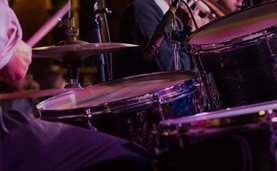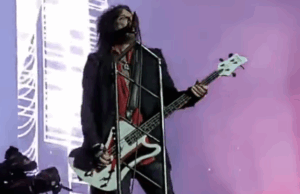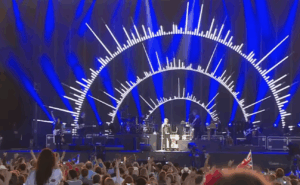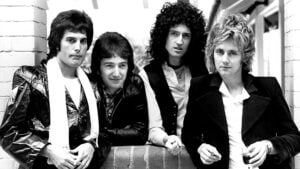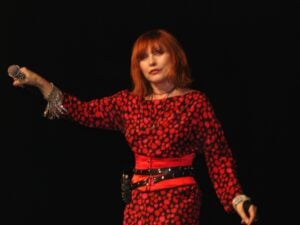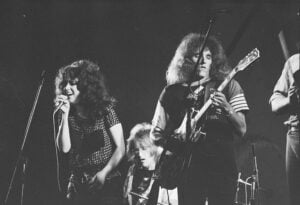6 60s TV Shows That Faced Backlash for Their Offensive Content
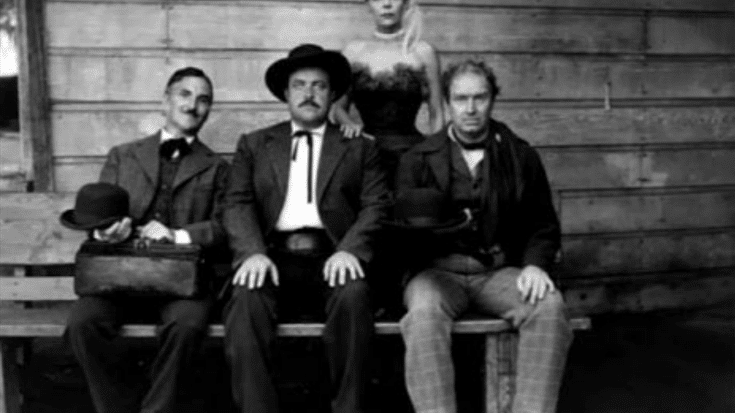
via Irish Guy Reacts / YouTube
Television in the 1960s pushed boundaries but often crossed lines that audiences today would find unacceptable. While these shows were products of their time, their portrayals of race, gender, and culture sparked controversy even during their original broadcasts. Here are six shows that faced backlash for their offensive content.
1. “Amos ‘n’ Andy”
“Amos ‘n’ Andy” continued airing in syndication during the early 60s despite growing criticism for its racial stereotypes. The show portrayed Black characters in demeaning ways, using exaggerated accents and comedic tropes that reinforced harmful ideas.
Civil rights groups, including the NAACP, protested the show’s depiction of Black Americans, calling it degrading and outdated. The backlash eventually led to its removal from the airwaves, but it left a lasting stain on television history.

2. “The Beverly Hillbillies”
While “The Beverly Hillbillies” was a hit, it wasn’t without controversy. Critics argued that the show mocked rural Americans, portraying them as ignorant and incapable of adapting to modern society.
Some viewers felt the Clampett family’s exaggerated behaviors perpetuated negative stereotypes about people from rural areas. Despite this, its humor kept it popular for much of the decade.

3. “I Dream of Jeannie”
“I Dream of Jeannie” may seem like harmless fun, but its portrayal of Jeannie as an obedient genie who served her male master raised concerns. Feminist critics argued that the show reinforced outdated gender roles and unrealistic expectations of women.
Jeannie’s submissive nature clashed with the evolving feminist movement, sparking debates about its impact on audiences. Despite this, the show maintained a strong fan base.

4. “The Dick Van Dyke Show”
Although beloved, “The Dick Van Dyke Show” faced criticism for its portrayal of women. Laura Petrie, played by Mary Tyler Moore, was often shown as a doting housewife who deferred to her husband’s authority.
As the women’s liberation movement gained momentum, audiences began questioning why the show’s female characters lacked depth and independence.

5. “Bewitched”
“Bewitched” faced scrutiny for its depiction of marriage and gender roles. Samantha, a powerful witch, was expected to suppress her abilities to please her mortal husband, Darrin. Critics argued this mirrored the expectation that women should prioritize their husbands over their personal ambitions.
Despite the backlash, the show’s charm and humor kept it a favorite among viewers.

6. “Gunsmoke”
“Gunsmoke,” a long-running Western, was criticized for its depiction of Native Americans. Many episodes portrayed them as antagonists, reinforcing harmful stereotypes that were common in the genre.
Viewers and advocacy groups began calling for more balanced portrayals of Indigenous people. This criticism reflected growing awareness of racial issues during the civil rights era.





